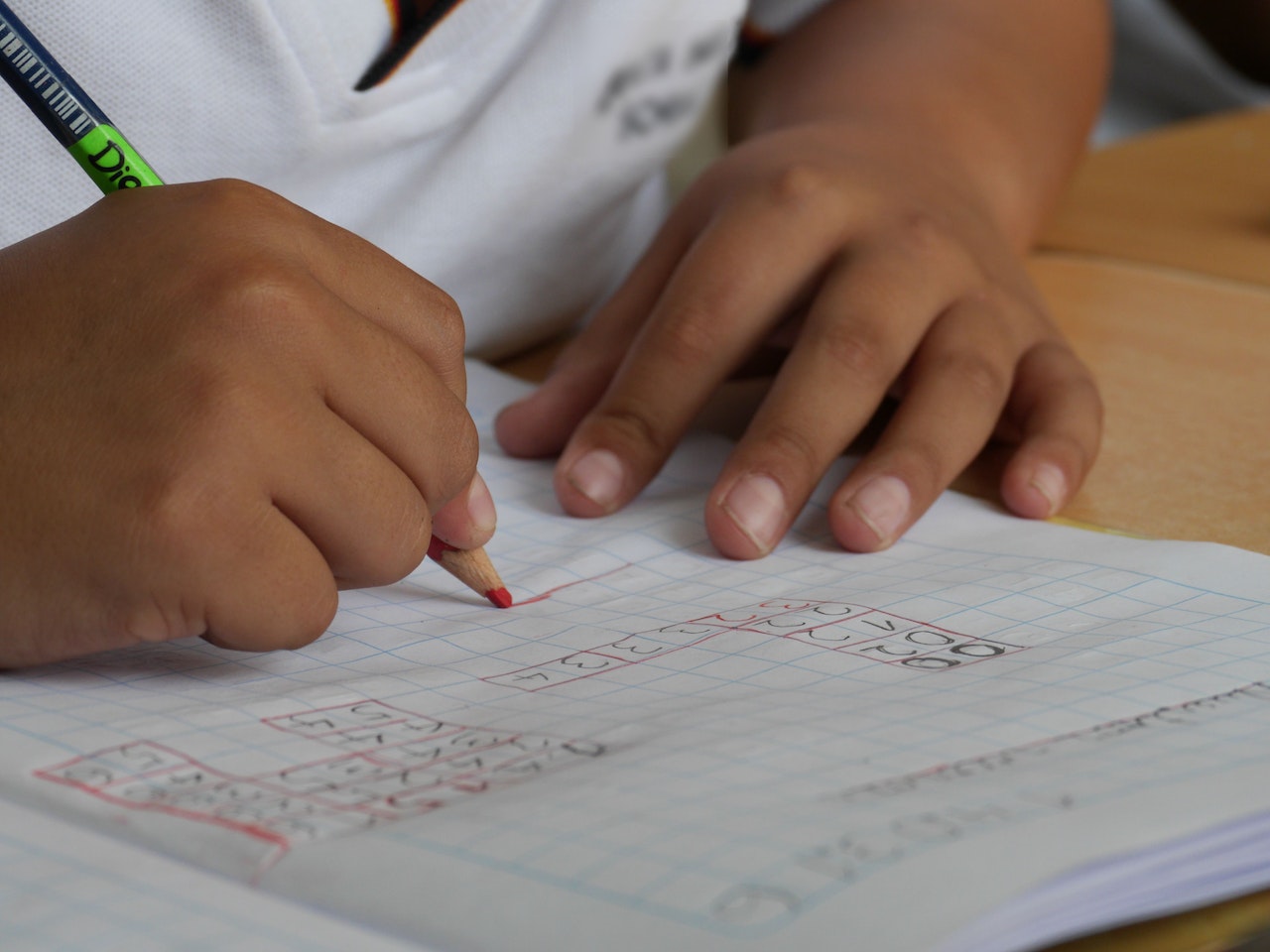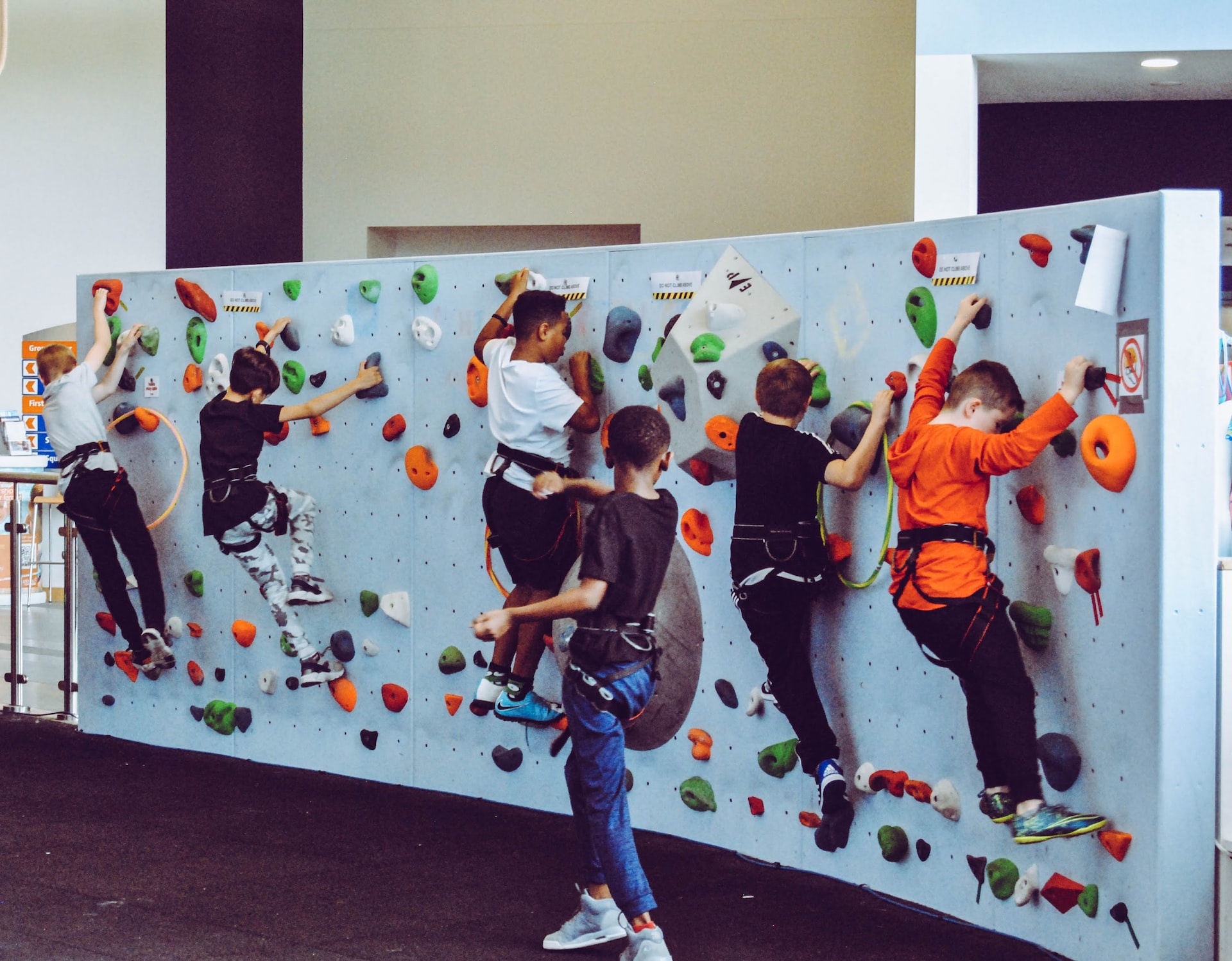
Schools have a huge impact on the environment and health of their students, faculty, and staff. By creating greener and healthier learning environments, schools can help ensure that current and future generations have access to clean air, safe drinking water, healthy foods, and physical activity options. This article will provide six helpful ideas for how schools can become greener and healthier.

Schools should use non-toxic cleaning products and avoid using any chemicals that could have a negative impact on air quality. Schools should also improve ventilation systems by regularly checking and repairing filters and ducts. In addition, schools should install air purifiers to help reduce dust, pollen, and other airborne particles that can cause allergies or asthma attacks.
On the other hand, schools should also limit smoking and vaping on school grounds. To do this efficiently, it is advisable to consider vape detection solutions for schools that can detect and alert staff when someone is using an e-cigarette. Knowing the location of the device allows staff to take immediate action and prevent vaping.
Setting up designated smoking areas away from the school building and posting no-smoking signs should discourage students, staff, and visitors from smoking near the building. If this is not enough, schools can also offer smoking-cessation programs to help those who want to quit. While this might not be directly related to improving air quality, it can make a difference.
Schools should provide students with healthy and nutritious food options, such as fresh fruits and vegetables, lean proteins, whole grains, and low-fat dairy products. Schools can also offer alternative breakfast and lunch programs that use natural ingredients instead of processed or sugary foods. Furthermore, schools should limit the availability of sugary drinks and snacks.
For instance, schools can prohibit the sale of sugary drinks, junk food, and fast food in their cafeterias. Also, they can provide water fountains throughout the campus to encourage students to drink more water. Start a school garden to teach students about the importance of fresh fruits and vegetables. Add some fun activities such as planting, harvesting, and cooking for those who participate. Over time, try to introduce more organic or locally grown produce into the school cafeteria. You may even consider partnering with local restaurants or farms to provide the students with fresh, healthy food.

Physical activity should be encouraged in schools, both during regular school hours and after-school activities. Schools can create spaces dedicated to sports, provide students with the necessary equipment and supplies, and offer different levels of physical education classes. Even more so, schools should promote active transportation such as walking and biking to school. This can be achieved by providing bike lanes and pathways, as well as promoting the use of public transportation.
With no public transportation alternatives, schools should consider introducing a shuttle system to minimize exhaust discharges from personal cars. Further, parents ought to be urged to enroll their children in a sports team or outdoor recreation programs as after-school activities - this will not only create an environment that is both healthier and more active for students but also contribute towards decreasing air pollution and carbon emissions simultaneously!
Green spaces provide a great environment for physical activities and help improve air quality, reduce noise pollution, and encourage biodiversity. Schools should aim to add more green areas both inside and outside the building in order to create a healthier learning environment.
For instance, schools can add green roofs, create gardens, provide access to natural areas and parks, and encourage students to participate in outdoor activities. Other solutions include planting trees and shrubs, installing rain barrels to collect water for irrigation, and building green walls.
Adding some benches and tables to the green areas can also be helpful for students who want to study or relax outside. Think of ways to make the outdoor spaces more inviting and enjoyable for all students. The exact steps to take will depend on the school’s budget and available resources. Take the time to research different green solutions and choose the best option for your school.
Schools can reduce their energy consumption by investing in energy-efficient lighting, insulation, heating and cooling systems, and appliances such as washing machines and dishwashers. Additionally, schools should set up an effective recycling system for paper products, plastic bottles, cans, and other recyclable materials. These measures will help reduce the amount of energy a school needs, which in turn will lead to lower energy bills and a reduced carbon footprint. Having a plan in place to monitor and maintain energy-efficient systems is also important.
One of the most effective ways to reduce energy consumption is by using renewable energy sources such as solar or wind power. Investing in renewable energy systems can help schools save money on their electricity bills and do their part in reducing carbon emissions.
Schools should use environmentally friendly cleaning products such as natural soaps, detergents, and disinfectants. Additionally, schools should reduce water consumption by using low-flow fixtures and efficient cleaning methods. Lastly, schools should encourage the use of reusable cloth towels instead of paper ones in order to save natural resources.
For example, schools can set up hand-washing stations with soap and warm water, place signs asking students to use reusable towels instead of paper ones, and provide bins for the collection of used cloth towels. Make these green practices a regular part of your school’s cleaning routine and encourage staff and students to participate. You can also provide incentives and rewards for those who actively participate in green cleaning practices. Doing so will not only make your school greener and healthier but also save resources in the long run.
By following these six helpful ideas, schools can become greener and healthier learning environments for their students, faculty, and staff. These efforts will help ensure that current and future generations have access to clean air, safe drinking water, healthy foods, and physical activity options. Just as importantly, these changes will also help to reduce carbon emissions, conserve natural resources, and create a more sustainable future. Therefore, schools should be proactively adopting these practices and creating a healthier, greener learning environment.





